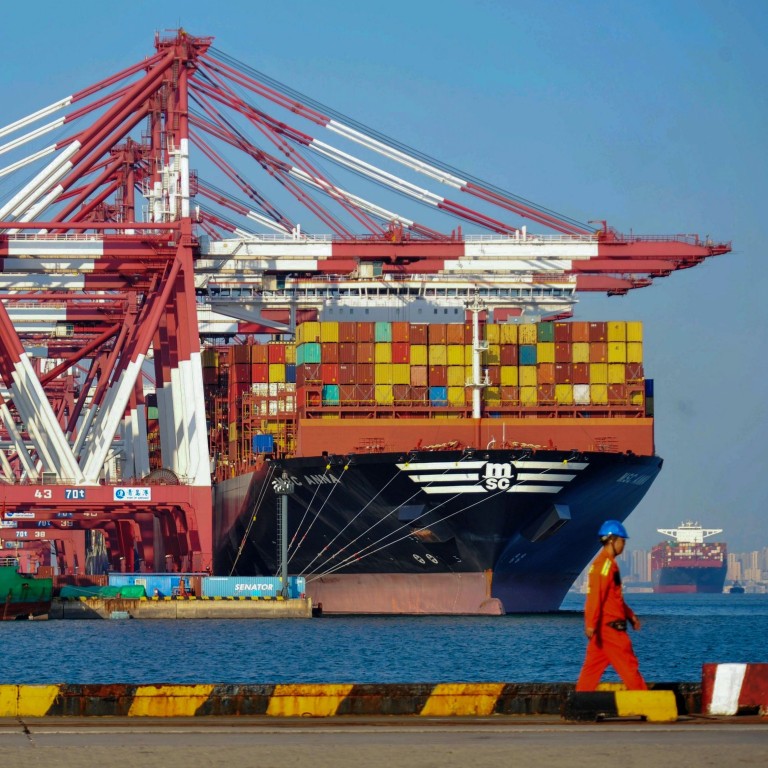
Don’t be distracted by China – Asia, on the whole, is the real powerhouse, says strategist
- The West needs to view Asia as the economic powerhouse – not just China, writes strategist Parag Khanna in his new book
- The phrase ‘China-led Asia’ is no more acceptable to most Asians than the notion of a ‘US-led West’ is to Europeans
Singapore-based author, strategist and former adviser to Barack Obama, Parag Khanna, releases his latest book, The Future is Asian: Global Order in the Twenty-first Century, next month. In it, he argues that Asia is returning to the stable multipolar order that existed long before European colonialism and American dominance, with India and Southeast Asia coming into their own as economic and strategic hubs.
In this edited excerpt, Khanna explains why and how this will happen.
In May 2017, 68 countries representing two-thirds of the world’s population and half its GDP gathered in Beijing for the first Belt and Road Initiative (BRI) Summit. This gathering of Asian, European, and African leaders symbolised the launch of the largest coordinated infrastructure investment plan in human history.
Collectively, the assembled governments pledged to spend trillions of dollars in the coming decade to connect the world’s largest population centres in a constellation of commerce and cultural exchange – a New Silk Road era.
The BRI is the most significant diplomatic project of the 21st century, the equivalent of the mid-20th-century founding of the United Nations and World Bank plus the Marshall Plan all rolled into one.
The crucial difference: BRI was conceived in Asia and launched in Asia and will be led by Asians. This is the story of one entire side of the planet – the Asian side – and its impact on the 21st-century world.
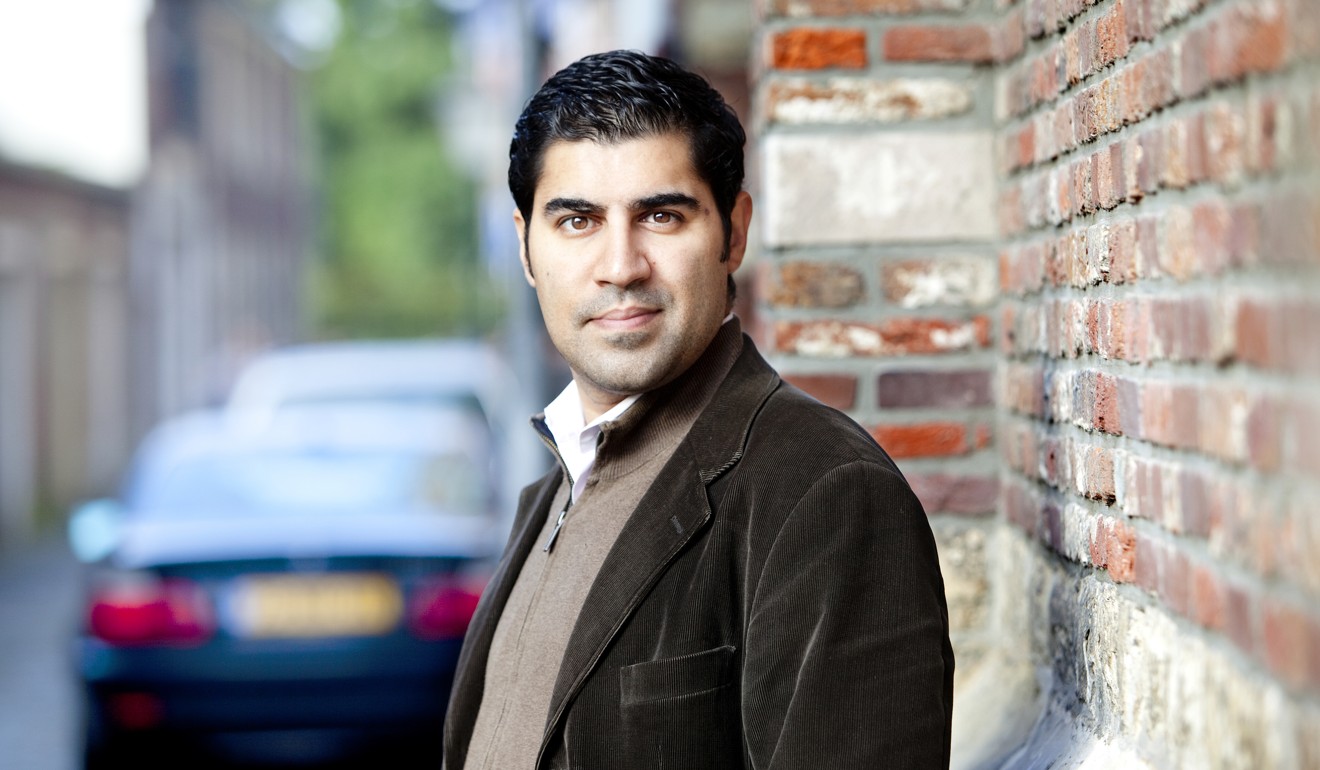
Asians once again see themselves as the centre of the world – and its future. The Asian economic zone – from the Arabian peninsula and Turkey in the west to Japan and New Zealand in the east, and from Russia in the north to Australia in the south – now represents 50 per cent of global GDP and two-thirds of global economic growth.
Of the estimated US$30 trillion in middle-class consumption growth estimated between 2015 and 2030, only US$1 trillion is expected to come from today’s Western economies. Most of the rest will come from Asia.
Asia produces and exports, as well as imports and consumes, more goods than any other region, and Asians trade and invest more with one another than they do with Europe or North America.
China is becoming a bigger sea threat. How should the US respond?
Asia has several of the world’s largest economies, most of the world’s foreign exchange reserves, many of the largest banks and industrial and technology companies, and most of the world’s biggest armies.
Asia also accounts for 60 per cent of the world’s population. It has 10 times as many people as Europe and 12 times as many people as North America. As the world population climbs toward a plateau of around 10 billion people, Asia will forever be home to more people than the rest of the world combined. They are now speaking. Prepare to see the world from the Asian point of view.
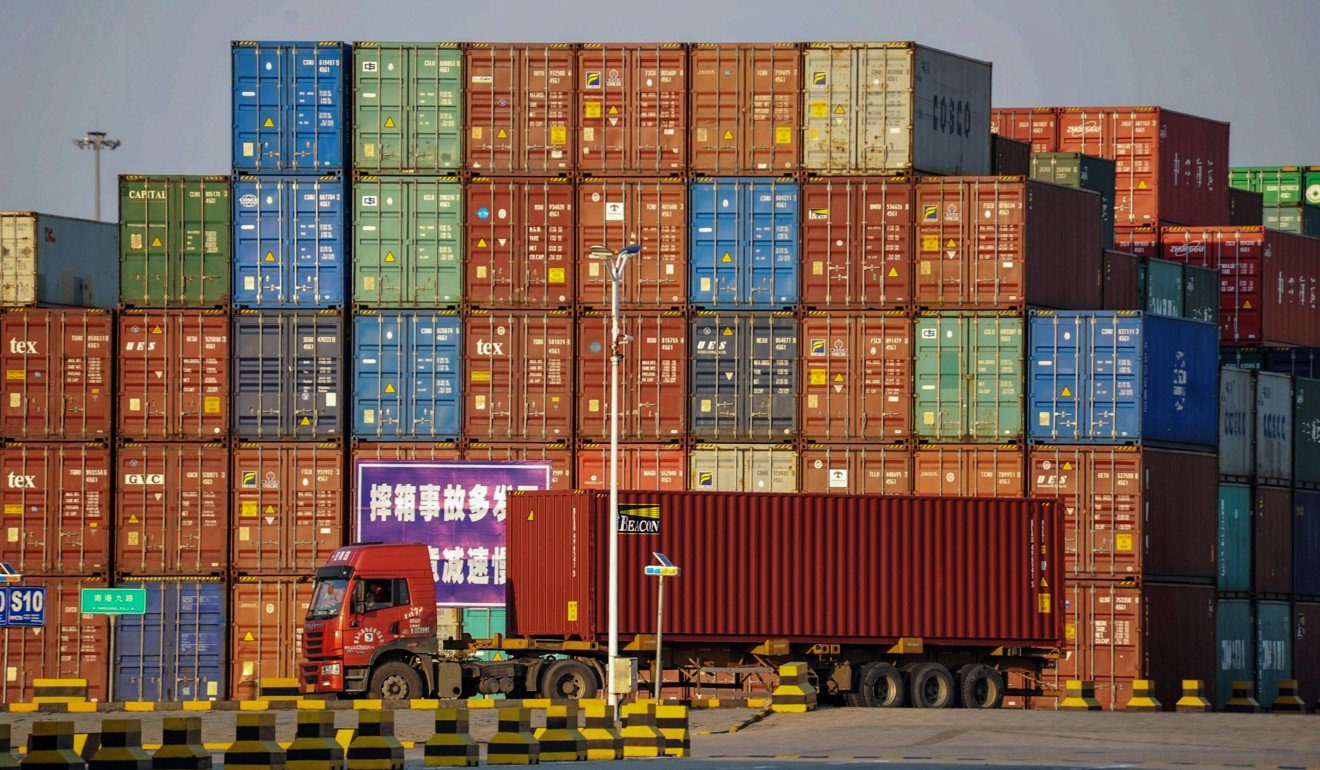
To see the world from the Asian point of view requires overcoming decades of accumulated – and wilfully cultivated – ignorance about Asia.
To this day, Asian perspectives are often inflected through Western prisms; they can only colour to an unshakeable conventional Western narrative, but nothing more. Yet the presumption that today’s Western trends are global quickly falls on its face.
The “global financial crisis” was not global: Asian growth rates continued to surge, and almost all the world’s fastest-growing economies are in Asia.
In 2018, the world’s highest growth rates were reported in India, China, Indonesia, Malaysia, and Uzbekistan. Though economic stimulus arrangements and ultra-low interest rates have been discontinued in the United States and Europe, they continue in Asia.
Similarly, Western populist politics from Brexit to Trump haven’t infected Asia, where pragmatic governments are focused on inclusive growth and social cohesion. Americans and Europeans see walls going up, but across Asia they are coming down.
Rather than being backward-looking, navel-gazing, and pessimistic, billions of Asians are forward-looking, outward-oriented and optimistic.
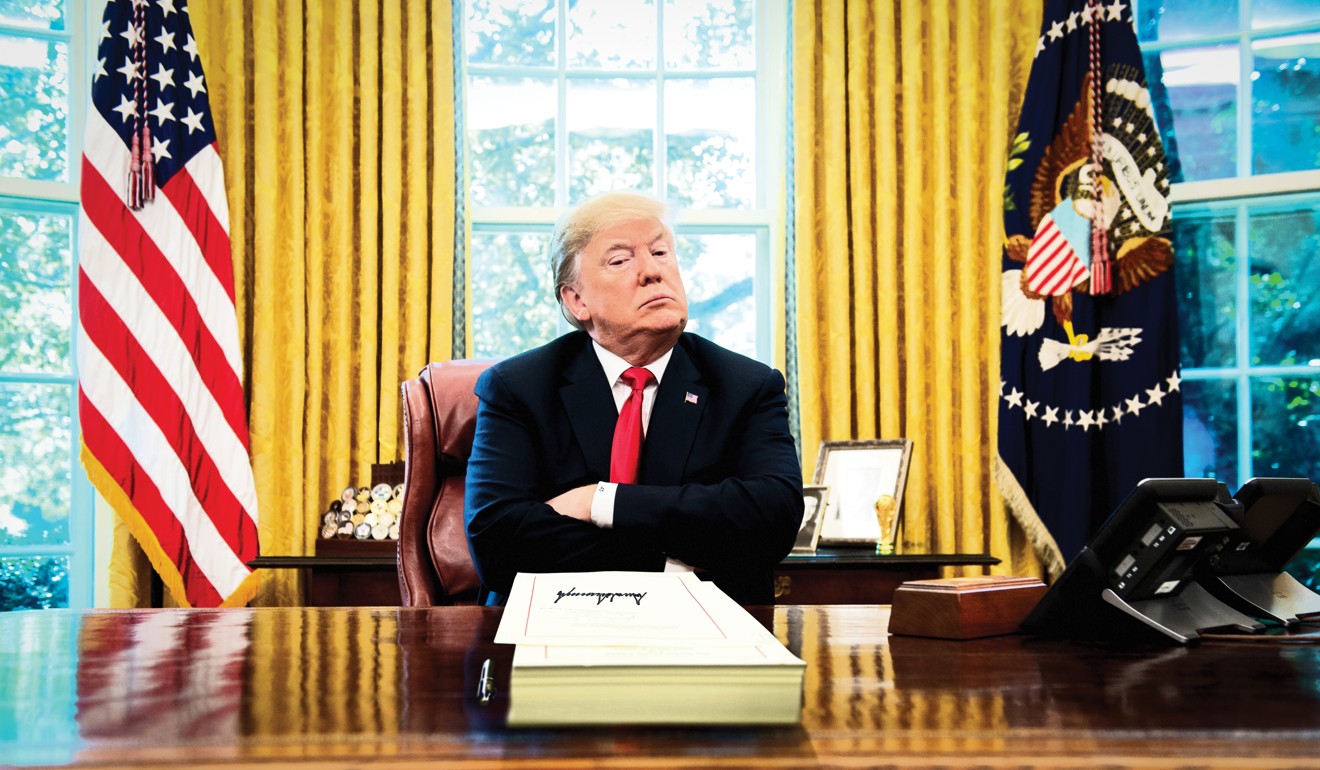
These blind spots are a symptom of a related oversight often found in foreign analysis of Asia, namely that they are actually about the United States.
There is a presumption that Asia (and frankly every other region as well) is strategically inert and incapable of making decisions for itself; all it is waiting for is the US leadership to tell them what to do.
But from the Asian view, the past two decades have been characterised by ex-President George W. Bush’s incompetence, ex-President Barack Obama’s half-heartedness and President Donald Trump’s unpredictability.
The United States’ laundry list of perceived threats – from IS and Iran to North Korea and China – have their locus in Asia, but the United States has developed no comprehensive strategy for addressing them.
In Washington it is fashionable to promote an “Indo-Pacific” maritime strategy as an antidote to China’s BRI, failing to see how in reality Asia’s terrestrial and maritime zones cannot be so neatly separated from each other.
How Chinese bandits’ kidnapping of a blond British bride became a global news story
For all their differences, Asians have realised that their shared geography is a far more permanent reality than the United States’ unreliable promises. The lesson: the United States is a Pacific power with a potent presence in maritime Asia, but it is not an Asian power.
The most consequential misunderstanding permeating Western thought about Asia is being overly China-centric. Much as geopolitical forecasters have been looking for “number one”, many have fallen into the trap of positing a simplistic “G2” of the United States and China competing to lead the world.
But neither the world as a whole nor Asia as a region is headed toward a Chinese tianxia, or harmonious global system guided by Chinese Confucian principles. Though China presently wields more power than its neighbours, its population is plateauing and is expected to peak by 2030. Of Asia’s nearly 5 billion people, 3.5 billion are not Chinese.
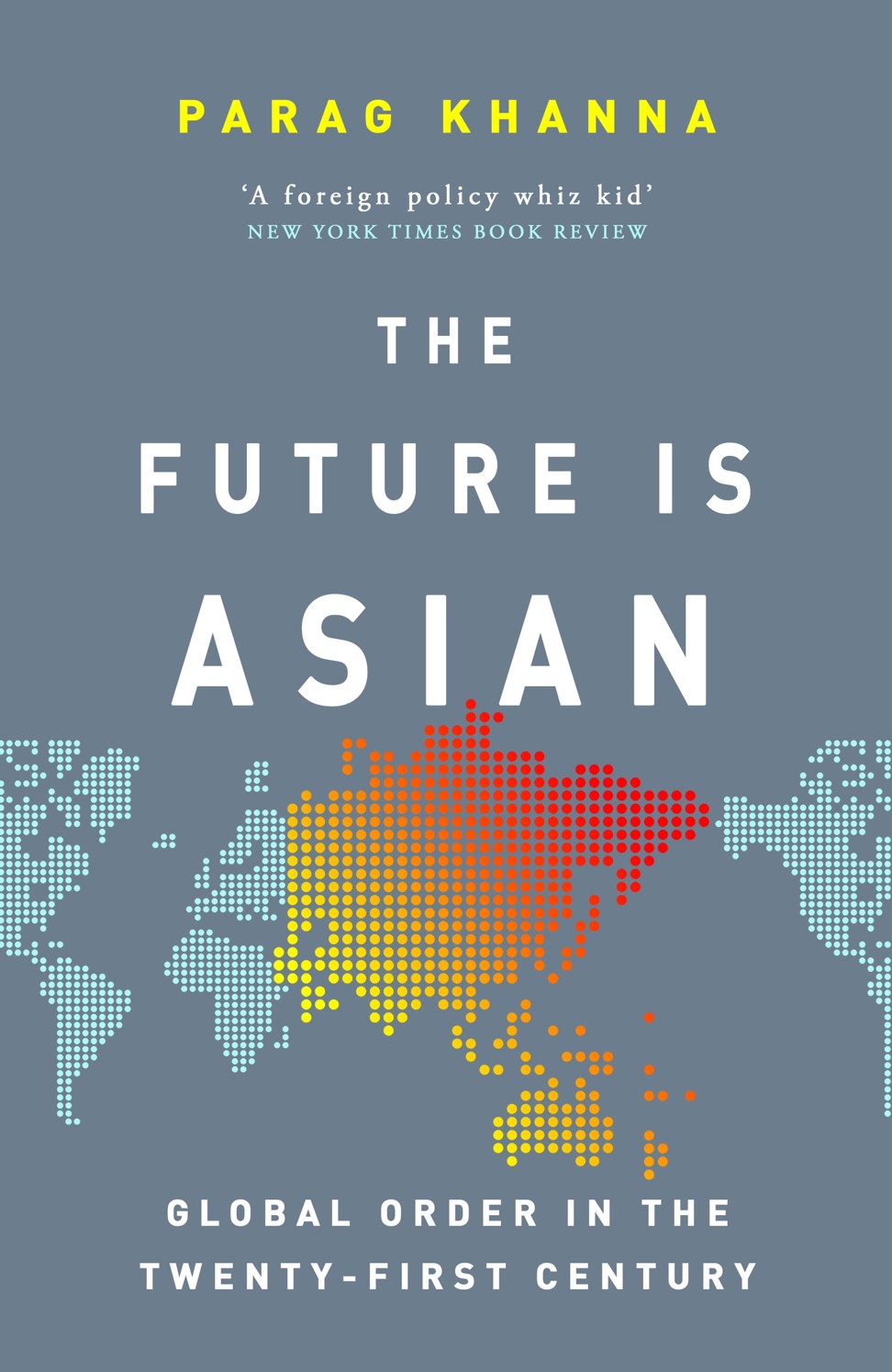
Asia’s future is therefore much more than whatever China wants. China is historically not a colonial power. Unlike the United States, it is deeply cautious about foreign entanglements. China wants foreign resources and markets, not foreign colonies.
Its military forays from the South China Sea to Afghanistan to East Africa are premised on protecting its sprawling global supply lines – but its grand strategy of building global infrastructure is aimed at reducing its dependence on any one foreign supplier (as are its robust alternative energy investments).
China’s launching the BRI doesn’t prove that it will rule Asia, but it does remind us that China’s future, much like its past, is deeply embedded in Asia.
BRI is widely portrayed in the West as a Chinese hegemonic design, but its paradox is that it is accelerating the modernisation and growth of countries much as the United States did with its European and Asian partners during the cold war.
BRI will be instructive in showing everyone, including China, just how quickly colonial logic has expired. By joining BRI, other Asian countries have tacitly recognised China as a global power – but the bar for hegemony is very high.
As with US interventions, we should not be too quick to assume that China’s ambitions will succeed unimpeded and that other powers won’t prove sufficiently bold in asserting themselves as well.
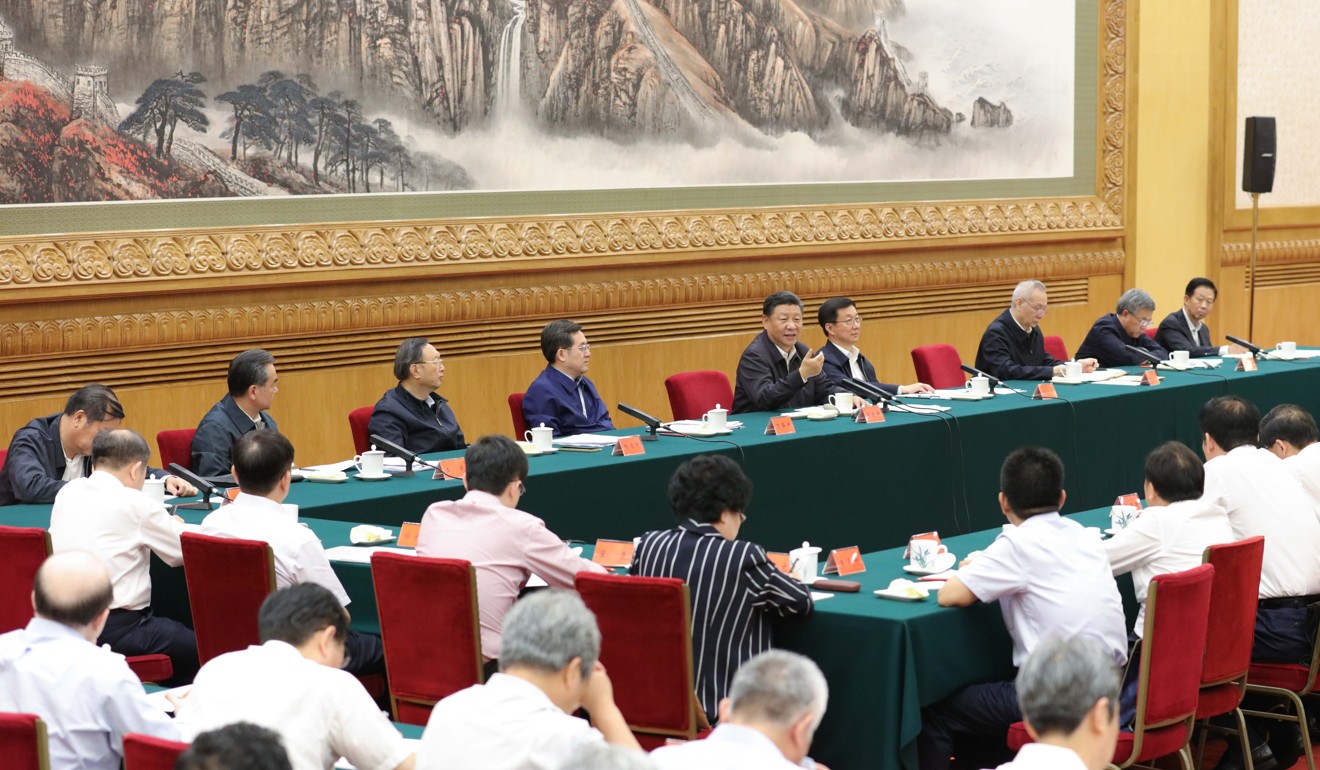
Nuclear powers India and Russia are on high alert over any Chinese trespassing on their sovereignty and interests, as are regional powers Japan and Australia.
Despite spending US$50 billion between 2000 and 2016 on infrastructure and humanitarian projects across the region, China has purchased almost no meaningful loyalty. The phrase “China-led Asia” is no more acceptable to most Asians than the notion of a “US-led West” is to Europeans.
China has a first-mover advantage in such places where other Asian and Western investors have hesitated to go. But one by one, many countries are pushing back and renegotiating Chinese projects and debts.
Here, then, is a more likely scenario: China’s forays actually modernise and elevate these countries, helping them gain the confidence to resist future encroachment.
Furthermore, China’s moves have inspired an infrastructural “arms race,” with India, Japan, Turkey, South Korea, and others also making major investments that will enable weaker Asian nations to better connect to one another and counter Chinese manoeuvres.
Ultimately, China’s position will be not of an Asian or global hegemon but rather of the eastern anchor of the Asian – and Eurasian – megasystem.

The farther one looks into the future, therefore, the more clearly Asia appears to be – as has been the norm for most of its history – a multipolar region with numerous confident civilisations evolving largely independent of Western policies but constructively coexisting with one another.
A reawakening of Western confidence and vitality would be very welcome, but it would not blunt Asia’s resurrection. Asia’s rise is structural, not cyclical.
There remain pockets of haughty ignorance centred around London and Washington that persist in the belief that Asia will come undone as China’s economy slows or will implode under the strain of nationalist rivalries. These opinions about Asia are irrelevant and inaccurate in equal measure.
As Asian countries emulate one another’s successes, they leverage their growing wealth and confidence to extend their influence to all corners of the planet. The Asianisation of Asia is just the first step in the Asianisation of the world.

